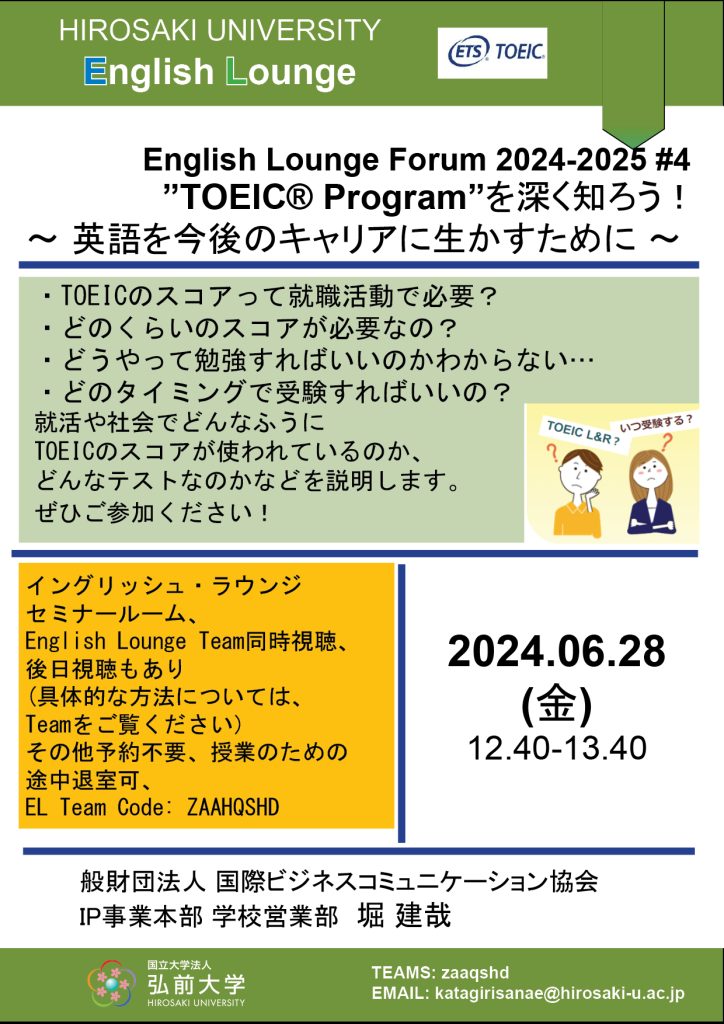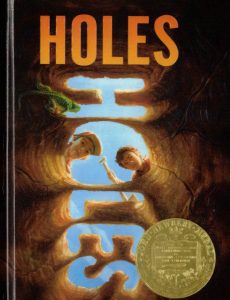[Welcome to the EL game series. These posts are all short introductions to games you can play in the EL. Because learning to play games in English can take a long time, some posts will explain how to play simple versions of games. Other posts tell you why you should use games to practice English. You can also use the tags to find other posts you might be interested in.]
_______
When I was a child, the term “educational video game” meant a “game” that was boring, poorly designed, and full of vocabulary or math questions. But when it comes to second-language learning, regular video games can be helpful…if they are used correctly.
If you choose a video game to play in English, you can practice “head fake learning” or your “English habit,” like I described in a previous post. But video games can also help with “learning what you already know,” which I have mentioned in a few book reviews on this blog before.
I think that “learning what you already know” is a very useful way of learning language. It simply means using English related to something you already know in Japanese. If you’ve played Pokemon or Final Fantasy or Zelda, etc., in Japanese, you can play it again easily in English because you already know the story, characters, and items in the game. This is the same reason that I strongly encourage students to set their computers or Microsoft Word program to English: if you already know the menus in Japanese, you can learn to use them in English pretty quickly (in fact, I set my computer to Japanese when I started learning Japanese in college, and still use most things in Japanese language myself).
Finally, a word of caution. Many video games, especially action games (shooting games, fighting games) do not require any reading or language skills once you learn them the first time. Do not trick yourself into thinking that playing Smash Brothers in English is “studying,” any more than watching English movies while reading Japanese subtitles is. Choose a game where reading or listening is necessary, and I think there is some value for your English learning.











